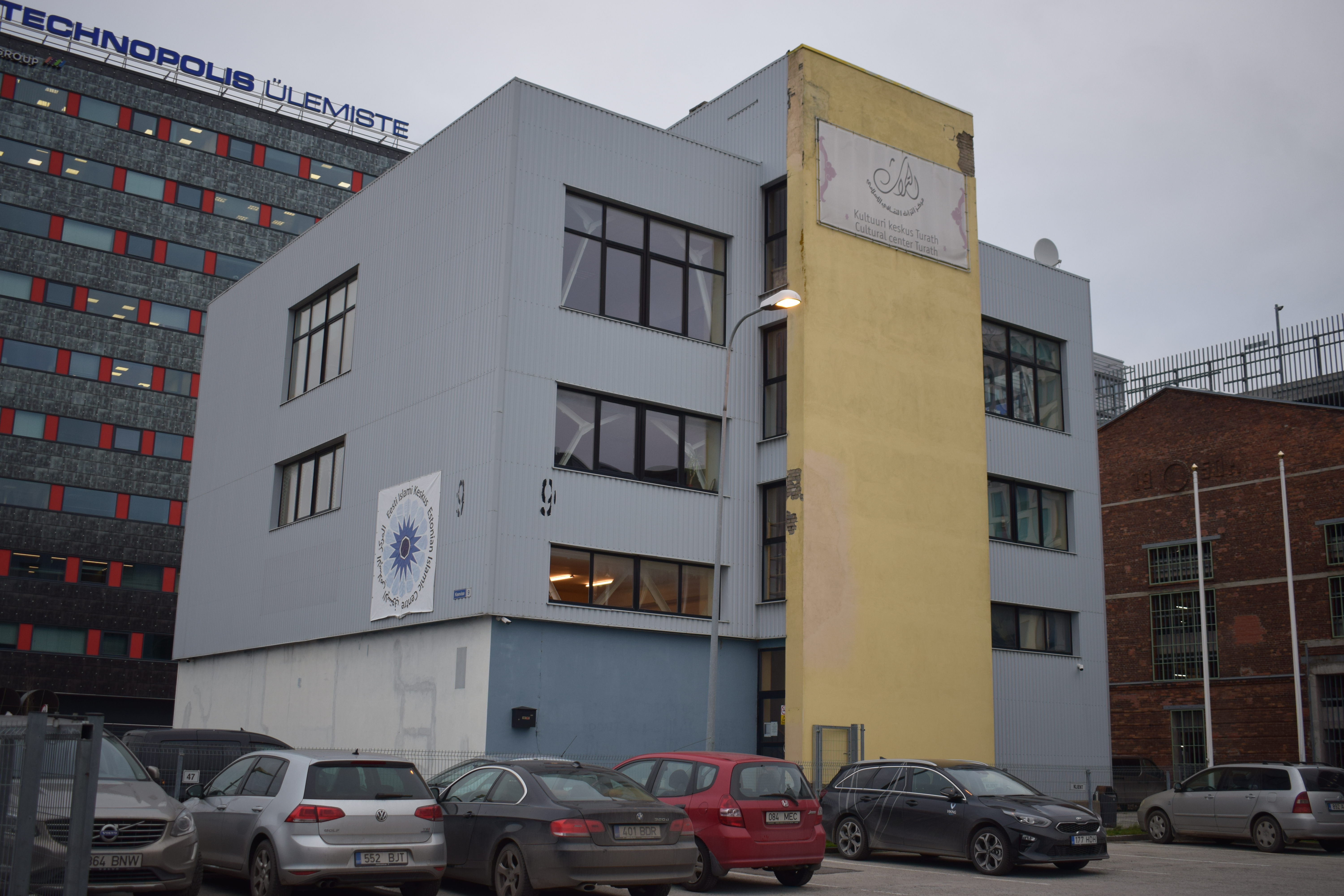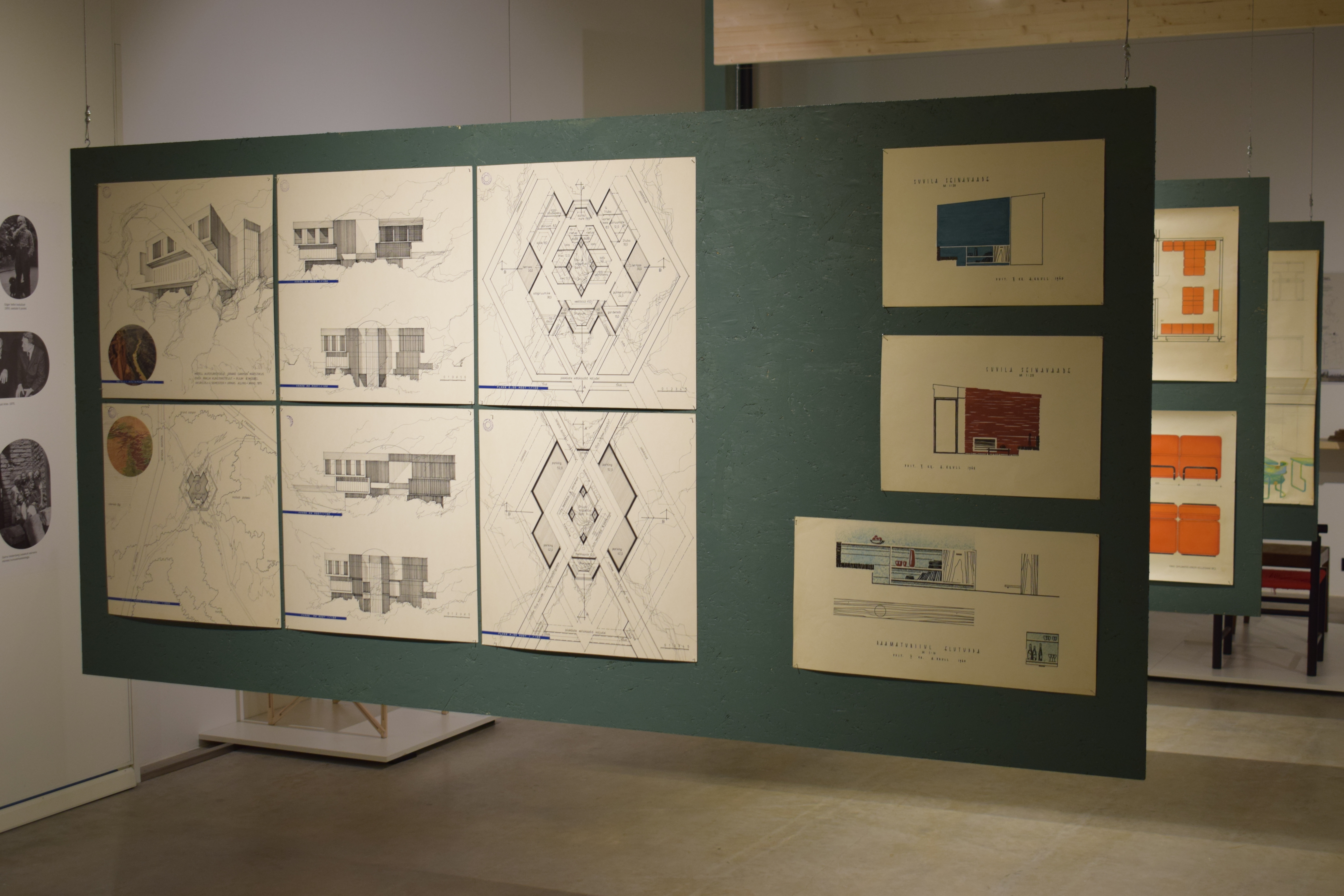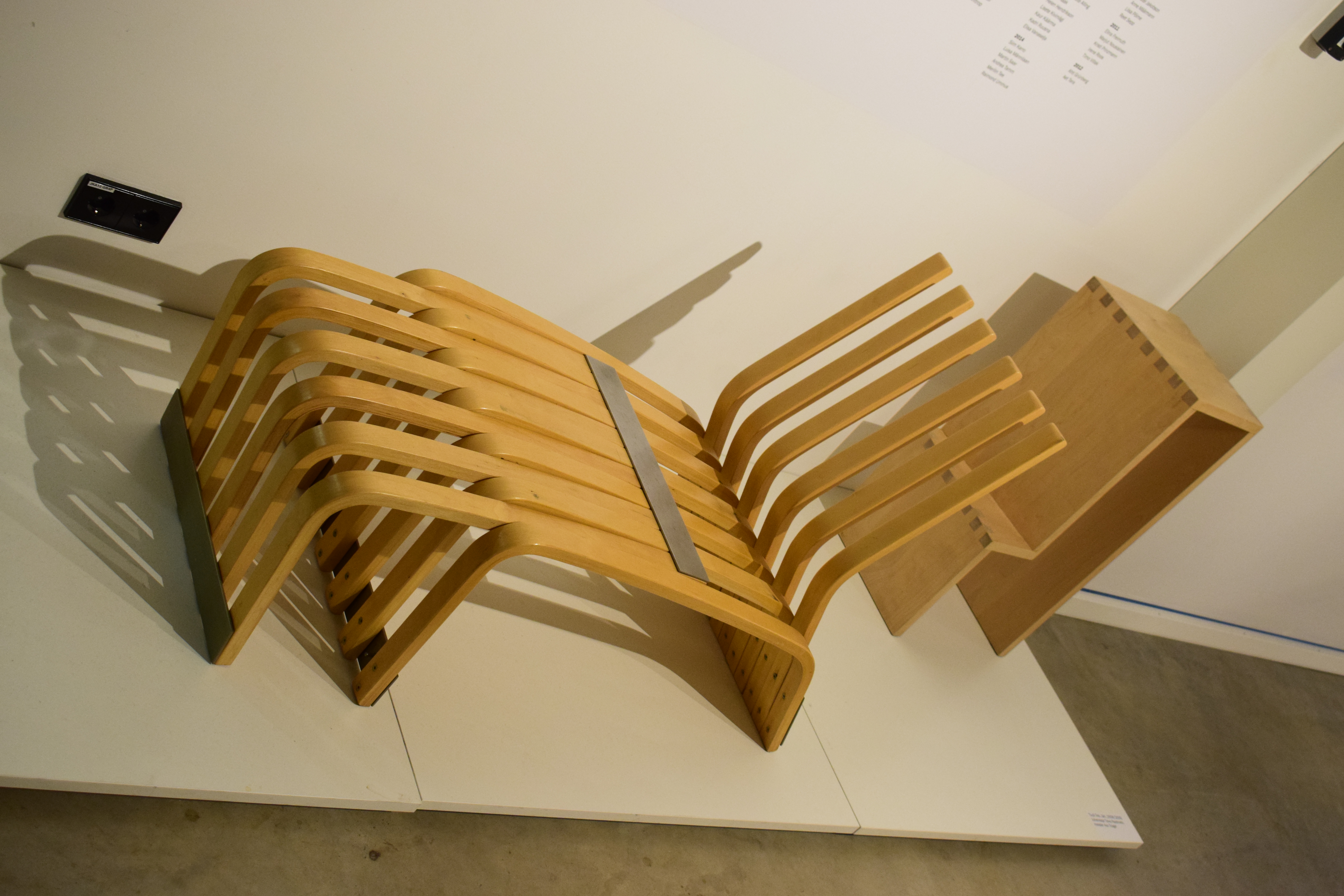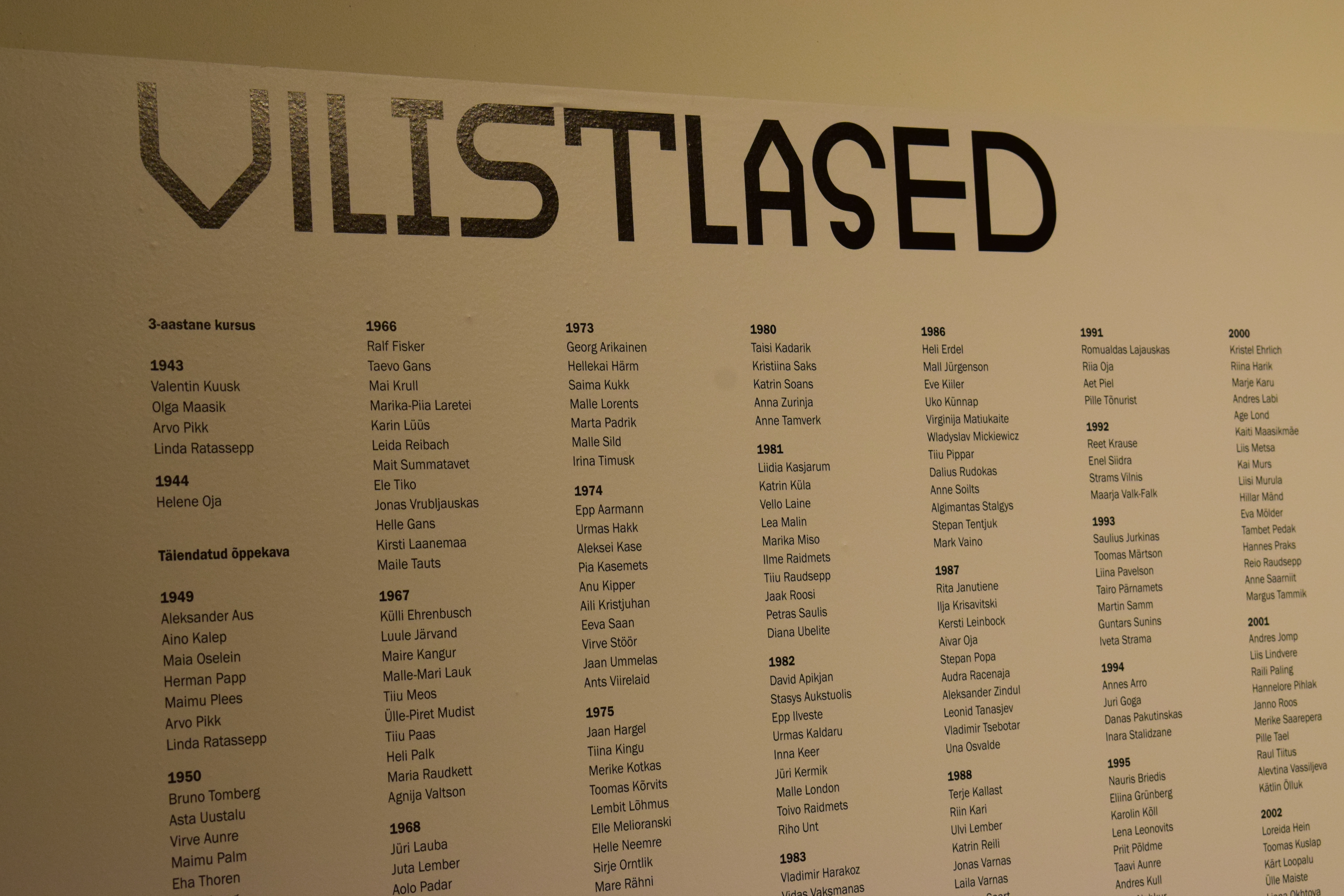

I love Estonia! I know that’s a heavy statement nevertheless it is the whole truth. Ever since I came across the name: Estonia, in 2006, I have devoted myself to study, observe and understand the country and its beautiful people!
I often get a series of questions—“why does a black male from Somalia love Estonia? How did you find out about it? How on earth did you end up writing books about Estonia? Aren’t the Estonians cold and quiet? And why are you always defending Estonians?
These are among the questions I get asked whenever I promote Estonia. And I will try to answer them at the end of this essay.
In 2012 I was fortunate enough to visit the country on my own. I stayed at Prita Spa Hotel in Prita, Tallinn and I took the coach to Tartu to visit a friend I’d met online who used to teach me Estonian language.
It was then I fell in love with the Estonian nature. I called Estonia—the gorgeous land!
In 2015 I booked tickets for myself and two friends to introduce them to Estonian culture. One was Somali; the other was an Italian.They both hadn’t heard Estonia like my English, Germans and Dutch friends!
I went back to Estonia in 2016 on my own. I stayed in Tallinn and took notes for my books. The following (2017) year I left my one bedroom flat and my job to live in Estonia.
I’d lived in a small town called Kohtla-Järve in Ida-Virumaa. I loved it! I wrote during the day and talked to people in the afternoons and at the weekends.
I learnt Estonian and Russian on my own! I documented the Estonian culture which is swiftly changing.
In conclusion, I love Estonia because it is peaceful and natural. Moreover, its people aren’t quiet or cold; they’re reserved and polite generally speaking!
I met an Estonian guy who was blonde. When I asked him where he was from, I didn’t know anything about it, so I searched it online.
Initially, I wanted to satisfy my curiosity. And that journey has taken me for 14 years!
It is natural to write books after one reads lots of books. In addition to that, I wanted to document and record about my new culture.
Finally, I am not defending the Estonians, I am trying to tear apart all the stereotyping against them!
“Understanding Estonia: Nature, Landscape and People” book blows the horn for the Estonians who are reserved. It is my way of the truth about people in northern Europe who are not what the mainstream says they are: quiet, cold and so on.
It is my first book on Estonia. There are three books coming out in 2021 If God wills. And both of them address the Estonian culture and how Estonia can build a strong business relationship with Africa under peaceful and multi-lingual educated entrepreneurs.
Axmed Bahjad, the author.
































